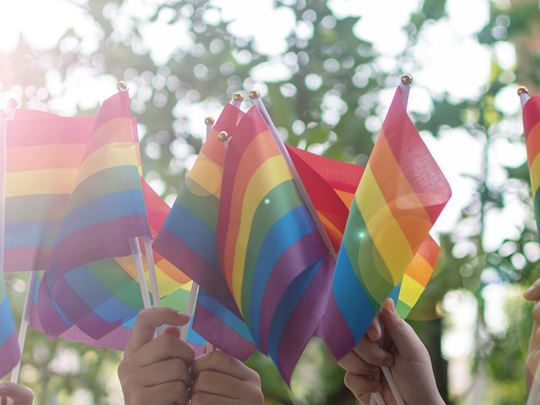History of Pride Month
June 2021 is PRIDE Month and pays tribute to all of those who were involved in the Stonewall riots in 1969. The first pride march was held the following year on New York City in 1970.

June 2021 is PRIDE Month and pays tribute to all of those who were involved in the Stonewall riots in 1969. The first pride march was held the following year on New York City in 1970
What is the history of Pride Month
On a hot summer’s night in New York on June 28, 1969, police raided the Stonewall Inn, a gay club in Greenwich Village. Tensions quickly escalated as patrons resisted arrest and a growing crowd of bystanders threw bottles and coins at the officers. New York's gay community, fed up after years of harassment by authorities, erupted in neighborhood riots that went on for three days.
Among the many leaders of the riots was a black, trans, bisexual woman, Marsha P. Johnson, leading the movement to continue over six days with protests and clashes. The message was clear — protesters demanded the establishment of places where LGBT+ people could go and be open about their sexual orientation without fear of arrest.
Pride Month is largely credited as being started by bisexual activist Brenda Howard. Known as ‘The Mother of Pride,’ Brenda organized Gay Pride Week and the Christopher Street Liberation Day Parade a year after the Stonewall Riots. This eventually morphed into what we now know as the New York City Pride March.
Bill Clinton was the first U.S. President to officially recognize Pride Month in 1999 and 2000. Then, from 2009 to 2016, Barack Obama declared June LGBT Pride Month.
Pride Month Traditions
Pride Month is for everyone to embrace who they are and let the world know!
The rainbow signifies the colourful activities of this month-long celebration. These include rallies, pride parades, parties, workshops, gigs, talks, and countless more LGBTQ+ events to attract participants from all over. The Pride community takes huge pride in their movement, going all out for the festivities with elaborate costumes and makeup.
Commemorations and memorials are also held for members of the community who have lost their lives to hate crimes and HIV/AIDS. Campaigns and rallies aim to promote and preserve the history and well-being of the lesbian, gay, bisexual, and transgender community.
How to Celebrate Pride Month
- Grab a rainbow, bi, lesbian, pan, ace, or any other flag of your preference and wave it with pride! Each of the rainbow flag’s original eight colours has a meaning: pink for sex, red for life, orange for healing, yellow for sun, green for nature, turquoise for magic, blue for peace, and purple for spirit. Don’t have a flag? Then wear your colors on a T-shirt, a hairband, or on the laces in your shoes. You could even paint your face with the colors that represent you — be as creative as you like to show your support.
- Join a pride parade. You don’t need to identify as LGBTQ+ to attend a pride march. Everyone is welcome to show their support for gay rights and equality for all, so check out what’s happening in your community and go join in the fun!
- Watch a movie that will give you more information about the serious message behind Pride Month. It isn’t just about festivals, rainbows, and glitter. So take some time to learn about the people who helped bring this movement together. “Milk” starring Sean Penn is a great movie to kick off and charts the life of the first openly gay politician, Harvey Milk.
